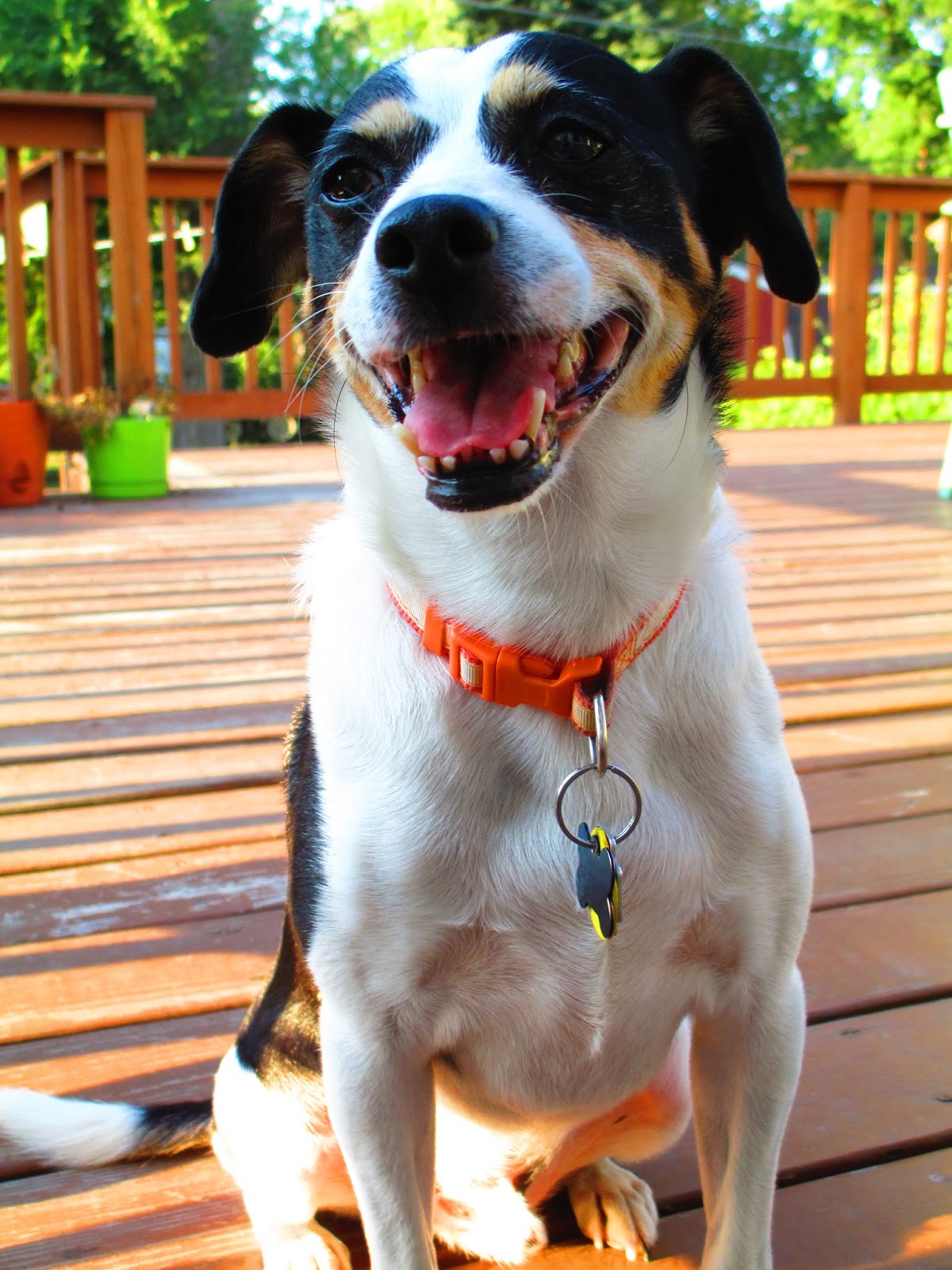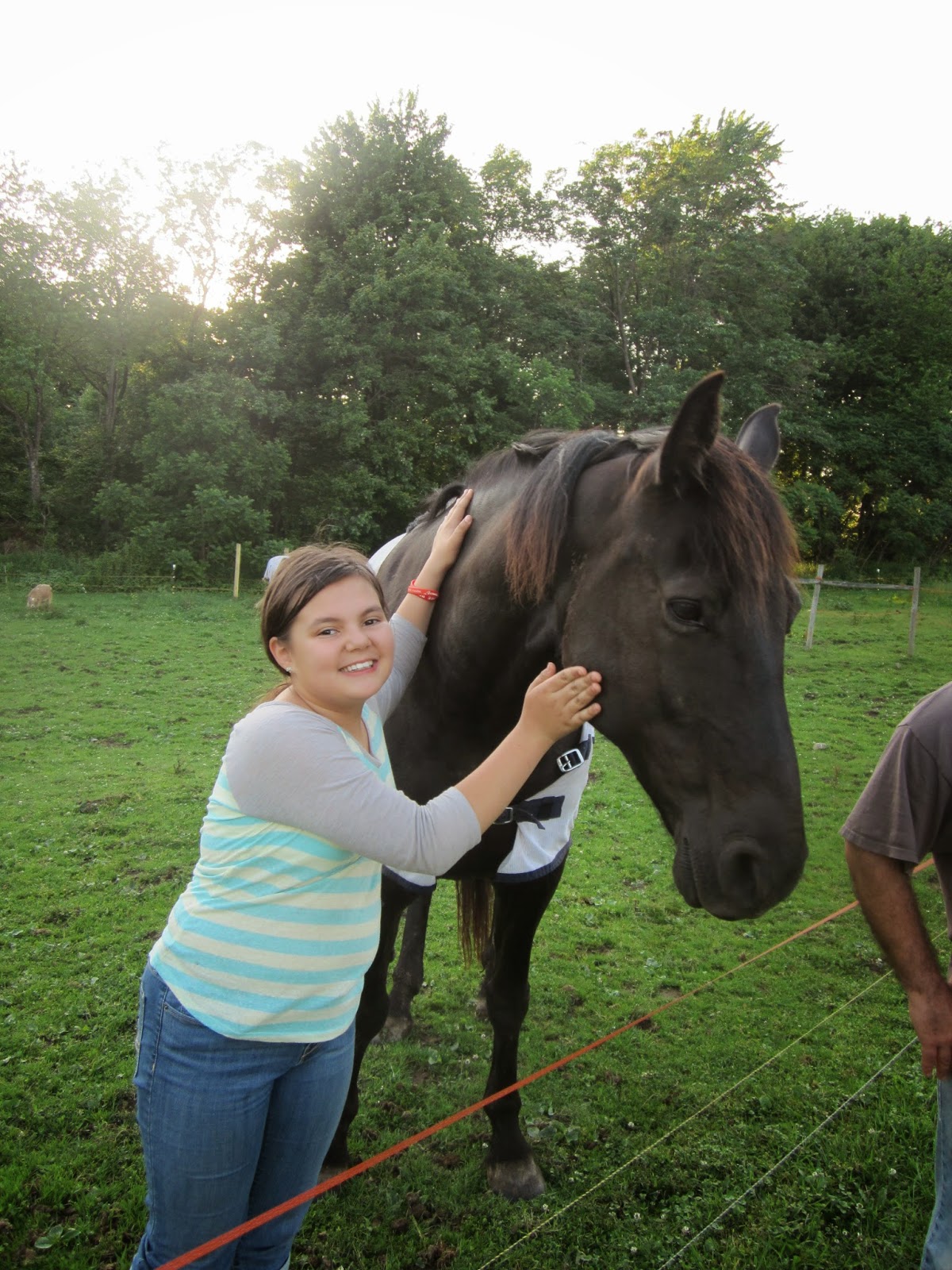Hello, Rescuers!
Today I'm going to be sharing some myths about shelter dogs for you.
1. SHELTER DOGS COME INTO A RESCUE/SHELTER FOR A REASON:
A majority of the nation’s shelter dogs come
into a center for no fault of their own. The most common factors include
illness in the family, allergies, money issues/job loss, divorces and many
other changes—which are sometimes even no fault of the family. Some families
adopt dogs for Christmas, birthdays and for other surprises—without thinking
about what the future holds. As we all know, puppy owners or not, all dogs
(especially the young ones) need activity and companionship. Unfortunately, not
all families can provide that. Sometimes people adopt or purchase young puppies
and dogs because of their and fall in love with their personalities and
adorable faces… and they don’t think about the less fun parts of owning a puppy
(cleaning up, housetraining). Puppies require potty-training and need to be
taught proper obedience.
2. 2. RESCUE DOGS NEED EXTRA SOCIALIZATION:
All dogs should have proper socialization, but
it’s definitely a myth that all rescue dogs don’t get along with other dogs.
Although some may have had bad experiences in the past and might not be able to
cooperate with other canines, many rescues still have full lives ahead of
them—lives full of puppy play-dates and other activities. A large portion of
rescues with bad habits can be retrained to be polite and well-mannered pups.
Most shelters dog-test pooches to make sure that they get along with other
dogs, but, if not, a dog that doesn’t play nice with others can still be a
great addition to your family.
3. 3. RESCUE DOGS ARE UNPREDICTABLE: Although most shelters and their adopters don’t
know a lot about a rescue dog’s past, with proper training and treatment, you
can assure yourself and others that your dog is not ‘unpredictable’. Simple
things, such as training your dog how to interact nicely with people (and dogs
for that matter) can make a big difference.
4.
4. RESCUE DOGS ALWAYS NEED EXTRA CARE AND ATTENTION, WHY ADOPT?
Not all rescue dogs require more care and
attention that other dogs, but, like all pets, some do. If your new adopted pal
does happen to have special
behavioral or medical needs, you can just feel even better about adopting. All
shelter dogs deserve a second chance… with a kind person like you!
5. 5. RESCUE DOGS ALWAYS COME WITH ANXIETY Many dogs suffer from separation anxiety—not just
rescue dogs! Though, it may be more common in shelter dogs because of all the
changes and unsteady care in their life.
6. 6. RESCUE DOGS AREN’T PUREBRED Although not all
dogs from breeders come with health problems, some poorly (and over)bred
dogs may have diseases and other health problems in their genes. Mutts aren’t
only healthier dogs, they are always
unique! And, if you are looking for a
certain breed, check out a breed-specific
rescue in your neighborhood. If a certain breed is your ‘family dog’ that
has been in your family for generations, you can adopt from one of these, too.
And of course, purebreds are always in high demand and do occasionally enter a
shelter. Keep your eye out or go to a breed-specific rescue to find the exact
breed you want.
 After your rescue dog has learned sit, another helpful 'sit' modification is 'Polite Sit'. It is ideal your dog learns to sit before you cross the street. It would be tremendously difficult for your dog to know exactly where you are crossing and when to sit, get your dog used to it instead. Click your tongue or snap your fingers to get your dog's attention when you wait to cross the street. Wait until he looks you in the eye and deliver the sit command.
After your rescue dog has learned sit, another helpful 'sit' modification is 'Polite Sit'. It is ideal your dog learns to sit before you cross the street. It would be tremendously difficult for your dog to know exactly where you are crossing and when to sit, get your dog used to it instead. Click your tongue or snap your fingers to get your dog's attention when you wait to cross the street. Wait until he looks you in the eye and deliver the sit command. After your rescue dog has learned sit, another helpful 'sit' modification is 'Polite Sit'. It is ideal your dog learns to sit before you cross the street. It would be tremendously difficult for your dog to know exactly where you are crossing and when to sit, get your dog used to it instead. Click your tongue or snap your fingers to get your dog's attention when you wait to cross the street. Wait until he looks you in the eye and deliver the sit command.
After your rescue dog has learned sit, another helpful 'sit' modification is 'Polite Sit'. It is ideal your dog learns to sit before you cross the street. It would be tremendously difficult for your dog to know exactly where you are crossing and when to sit, get your dog used to it instead. Click your tongue or snap your fingers to get your dog's attention when you wait to cross the street. Wait until he looks you in the eye and deliver the sit command.















